Using a 110V LED lamp in a 220V light socket might ruin the lamp, costing you more money to replace it. The solution is to use voltage converters or find a lamp that’s compatible with your voltage.
No, you can’t use a 110V LED lamp in a 220V socket without the correct voltage conversion. You need to use a step-down transformer or buy a lamp that can be used with either voltage.
Let’s talk about the problems and solutions with using a 110V LED lamp in a 220V socket.
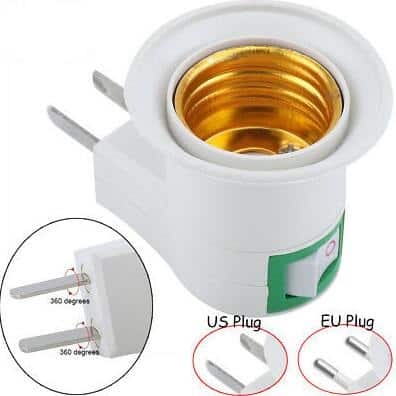
Voltage Compatibility and LED Lamps
The voltage rating of an LED lamp is critical in ensuring proper functionality with a specific lamp socket. A 110V lamp is designed for lower voltage systems, commonly found in regions like the United States and Japan. On the other hand, many parts of Europe and Asia, including China, operate on 220V.
Plugging a 110V LED lamp into a 220V socket can result in immediate damage. The higher voltage can cause the internal circuits of the lamp to overheat, leading to burnout. While some electrical devices may have a tolerance for varying voltages, LED lamps are more sensitive, making voltage compatibility crucial for longevity and safety.
The Role of Converters in Voltage Adaptation
One solution for using a 110V LED lamp in a 220V socket is a step-down transformer, which lowers the voltage from 220V to 110V. This ensures the LED lamp receives the appropriate voltage without overloading its internal components.
Converters are an effective method when operating a small number of devices, but for extensive setups or permanent installations, they can become impractical. It’s important to choose the correct transformer for the wattage of the LED lamp to avoid overloading and potential damage to both the lamp and converter.
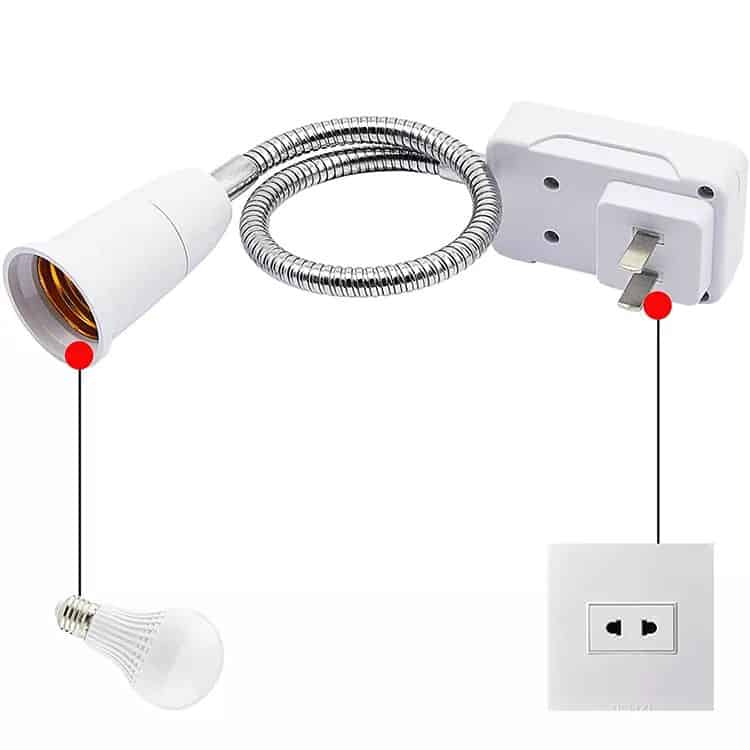
Potential Dangers of Plugging 110V LED Lamp into 220V Socket
Without a proper converter, plugging a 110V LED lamp into a 220V socket can cause several problems. The excessive voltage will overload the lamp’s circuits, leading to overheating, sparking, or complete burnout. In worst-case scenarios, this can damage not only the lamp but also the socket and wiring, potentially resulting in a short circuit or electrical fire.
This type of voltage mismatch is particularly hazardous for LED lamps because they rely on delicate electronics to regulate power. Therefore, caution must be taken to ensure the lamp is designed for the voltage system in use.
Can 110V LED Lamps Be Universal?
Certain LED lamps are labeled as “dual-voltage” or “universal voltage.” These lamps can function on both 110V and 220V systems, typically by using built-in drivers that automatically adjust to the input voltage. These lamps are a convenient option for those who frequently move between regions or need a versatile lighting solution for international use.
However, not all LED lamps are dual-voltage, so it is critical to check the product specifications. A non-dual voltage LED lamp should never be used outside its designated voltage range.
What Happens When You Plug a 110V Appliance into a 220V Socket?
When a 110V LED lamp is plugged into a 220V socket without a converter, the internal circuitry is subjected to double the intended voltage. This causes immediate overheating, leading to failure. In some instances, the LED may work briefly before being damaged. However, this temporary operation is unreliable and unsafe.
Beyond damaging the lamp, this mistake can also pose a risk to the socket and surrounding wiring, creating fire hazards due to potential electrical overload.
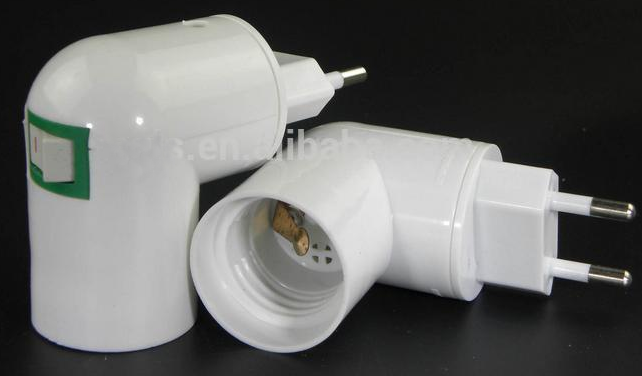
Does Voltage Matter for LED Lamps?
Yes, voltage is a critical factor for LED lamps. LEDs are more sensitive to voltage variations than older technologies such as incandescent bulbs. A mismatch in voltage can drastically reduce the lifespan of the LED or cause it to fail instantly. While some bulbs can tolerate small voltage variations, LED lamps require precise voltage input for proper function.
Most LED lamps specify their operating voltage range, making it easy for consumers to identify compatible sockets. Always ensure that the voltage of the lamp matches the power supply to avoid damaging the lamp and the fixture.
Can You Convert a 110V Outlet to 220V?
Technically, it is possible to convert a 110V outlet to a 220V outlet, but this requires extensive electrical work. This process involves rewiring and possibly changing breakers to accommodate the higher voltage. It should only be performed by a licensed electrician to ensure safety and compliance with local electrical codes.
However, converting outlets for a single LED lamp is generally impractical and costly. The simpler and more efficient solution is to purchase LED lamps that are rated for the voltage of the socket.
Why Some LED Lamps Are Dual-Voltage Rated
Dual-voltage LED lamps are designed to operate on both 110V and 220V systems, making them ideal for international use or regions where voltage may vary. These lamps typically feature advanced drivers that adjust to the available voltage, allowing them to work safely in different power environments without additional equipment.
Though dual-voltage LED lamps tend to be more expensive, they offer the advantage of flexibility and reliability across various voltage systems.
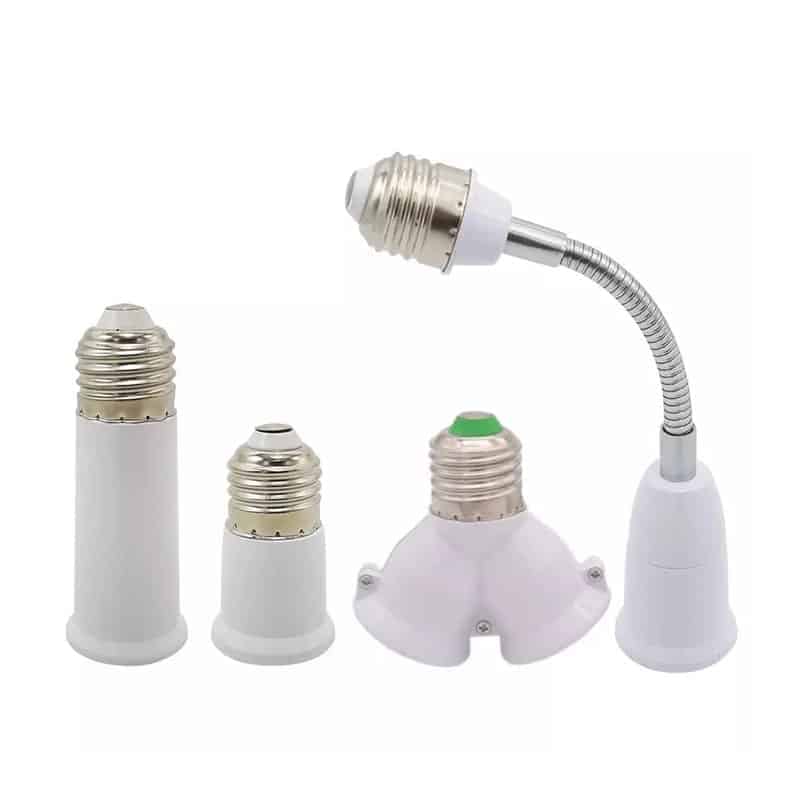
Importance of Checking LED Lamp Specifications
Before purchasing an LED lamp, it is essential to verify its voltage specifications. The voltage rating is usually printed on the lamp or its packaging. This simple step can save you from costly mistakes, as using the wrong voltage can damage both the lamp and the electrical system.
LED lamps come in a variety of voltage ranges, so it’s crucial to select the right one for your region or use a voltage converter if necessary.
Common Mistakes When Using LED Lamps Across Different Voltage Systems
One of the most common mistakes is assuming that all light bulbs work on any voltage system. This misconception is especially prevalent with users who have experience with incandescent bulbs, which tend to be more forgiving of voltage variations. However, LED lamps require more precise voltage regulation and are less tolerant of mismatches.
To avoid these mistakes, always verify the voltage requirements of both the lamp and the socket to ensure compatibility and safety.
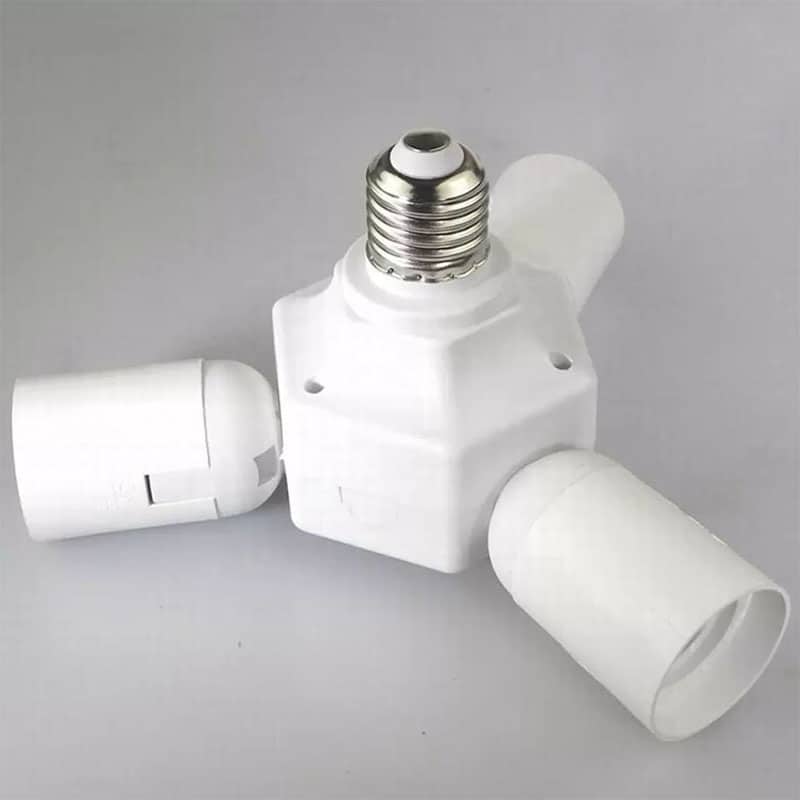
Final Words:
Using a 110V LED lamp on a 220V socket requires either a voltage converter or purchasing a compatible lamp to prevent damage and ensure safety.













